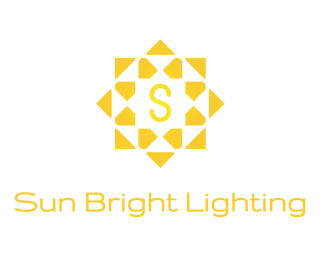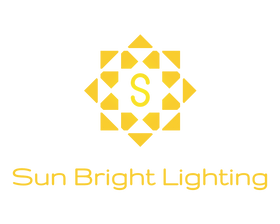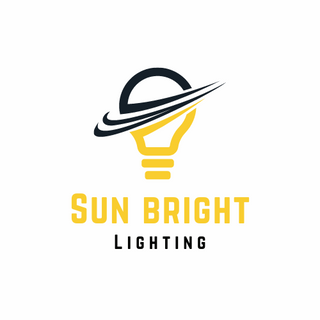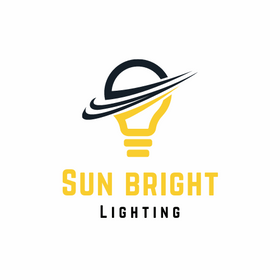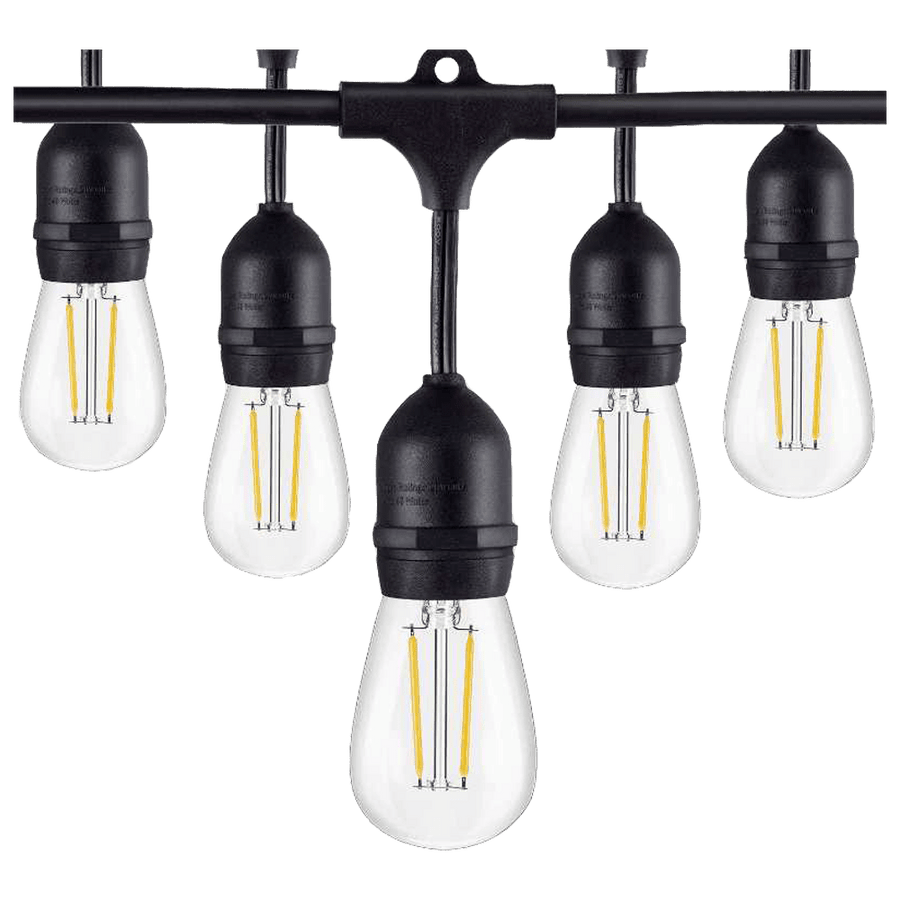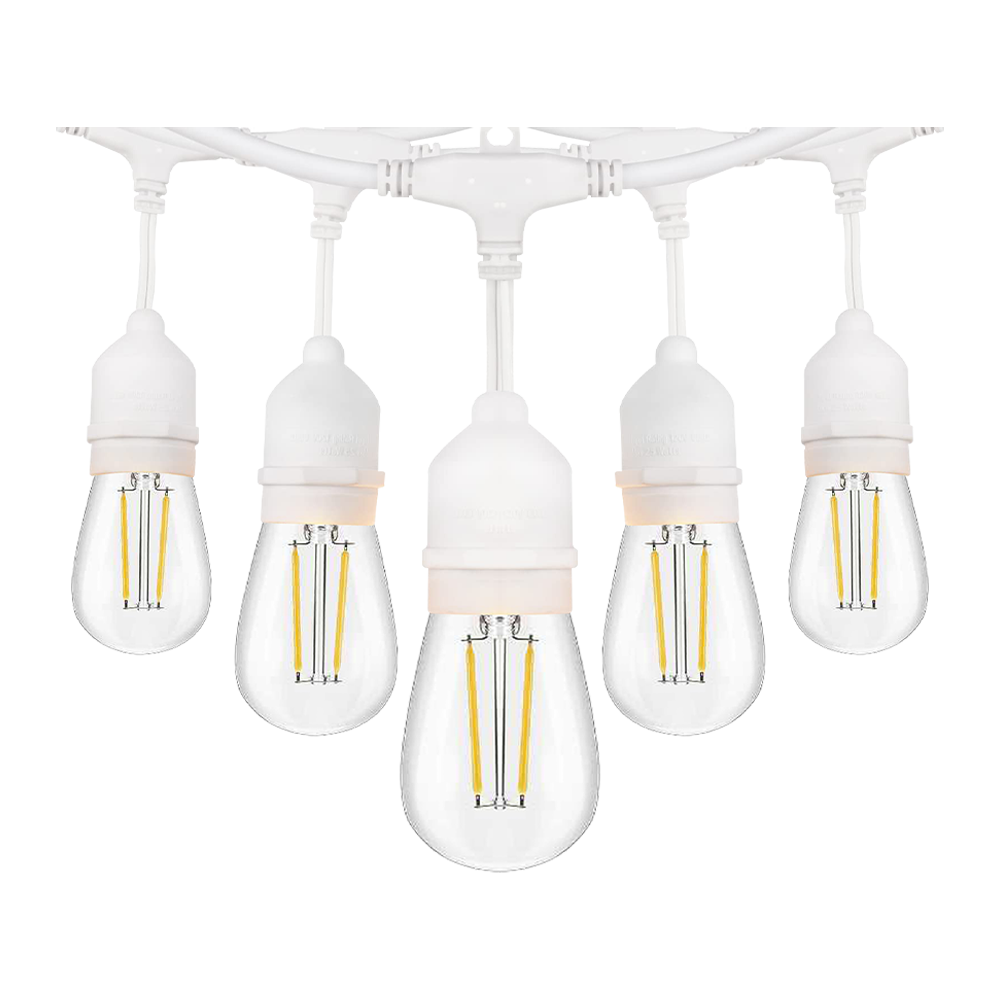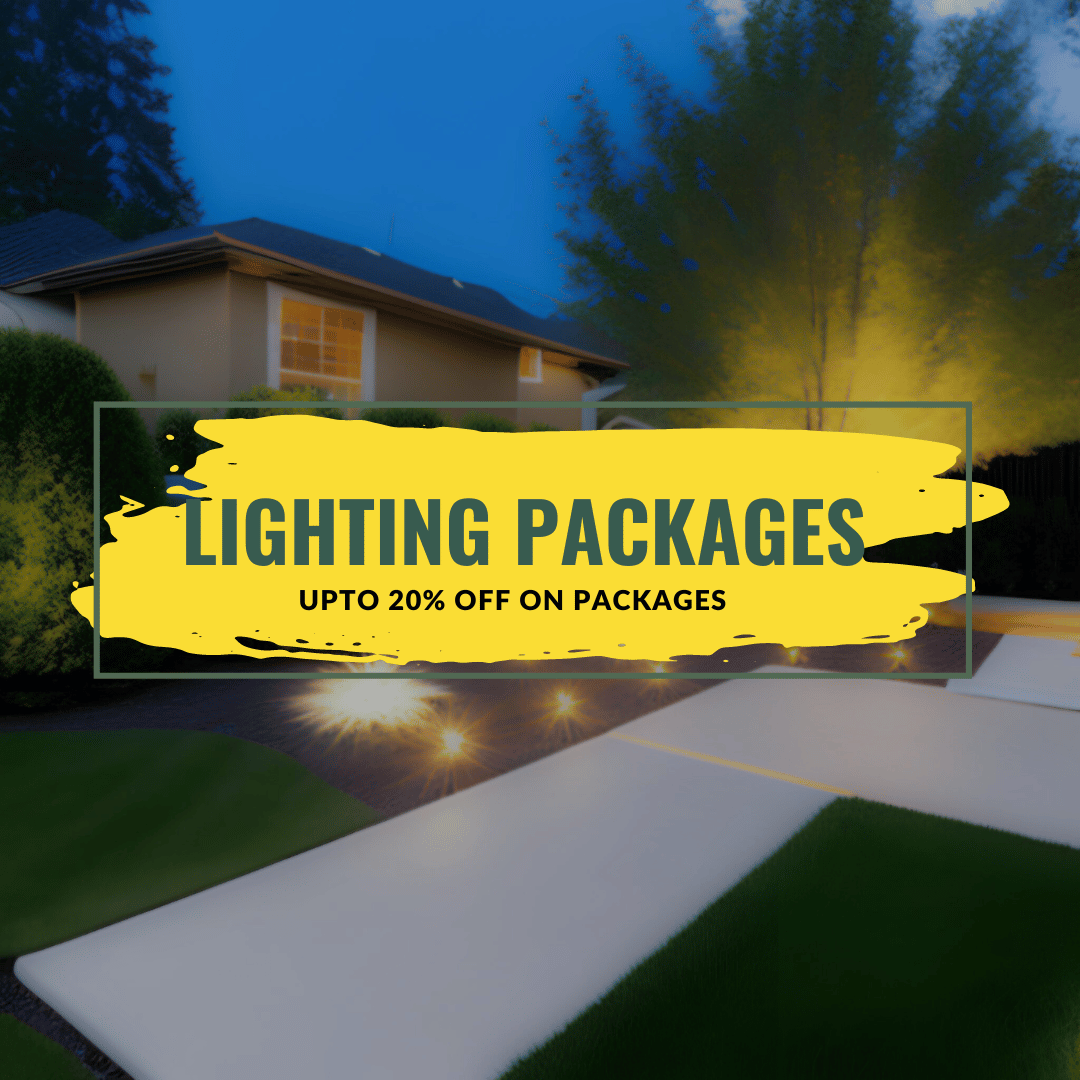Painting Your Landscape with Light: A Guide to Outdoor Lighting Color Tones
Outdoor lighting isn't just about illuminating your space; it's about creating an ambiance and highlighting the beauty of your landscape. One key element that significantly impacts the overall feel is color temperature, which refers to the "color" of the light emitted by your fixtures. Understanding the different color tones available and their effects will empower you to transform your outdoor space with the perfect light.
The Color Temperature Spectrum:
Light temperature is measured on a scale called Kelvins (K). Here's a breakdown of the main categories and their corresponding effects:

- Warm White (2700K-3000K): This range mimics the warm glow of incandescent bulbs. It creates a cozy, inviting, and relaxing atmosphere, perfect for patios, decks, and areas where you want to unwind.
- Soft White (3000K-4000K): This range offers a more neutral white light. It's a versatile option that provides good visibility while still maintaining a welcoming feel. Ideal for pathways, entryways, and areas where you need a balance of function and ambiance.
- Cool White (4000K-5000K): This range produces a crisp and energizing white light. It's a good choice for security lighting and highlighting architectural features or water features where you want a clean and modern look.
- Daylight (5000K-6500K): This range replicates natural daylight. It provides excellent visibility and can be used for task lighting or highlighting specific plants or features where a natural daylight effect is desired.
Choosing the Right Color Tone:
The best color temperature for your landscape lighting depends on several factors:
- Desired Ambiance: Warm white creates a relaxing mood, while cool white provides a more energizing feel. Choose the tone that best suits the intended use of the space.
- Architectural Style: Match the color temperature to your home's architecture. Warm white complements traditional styles, while cool white works well with modern designs.
- Landscaping Features: Highlight the natural beauty of your plants. Use warm white to accentuate flowering plants and cool white to showcase foliage with a silvery sheen.
- Personal Preference: Ultimately, the best color tone is the one that you find most appealing and creates the atmosphere you desire in your outdoor space.
Beyond White: Exploring Colored Lighting (Use Sparingly):
While white light is the most common choice for outdoor lighting, some fixtures offer colored options. Use these sparingly and strategically to create unique effects:
- Warm Yellow or Amber: This can enhance the warm and inviting feel of patios and decks.
- Soft Blue or Green: Can create a calming and serene atmosphere near water features or gardens.
- Festive Colors (Red, Green, Blue): Can be used for a limited time during holidays to create a festive mood. However, use them sparingly to avoid light pollution and create an overwhelming effect.
Additional Tips:
By understanding color temperature and using it strategically, you can transform your outdoor space from a simple backyard to a visually stunning and inviting haven. Remember, the key is to experiment, find what works best for your specific landscape, and let your creativity flow to paint your landscape with the perfect light!
